Misfit Frameworks: Mastering Disability Inclusion in Media
“Inclusion Matters!” we hear this all of the time, yet it remains that over 70% of the disability inclusive content we see remains problematic - relying heavily on stereotypes, stigmas or tropes that dictate the narrative. While we have a lot to say about this (and a literal scorecard we use to audit content) we realize that for most creatives, it feels confusing trying to figure out why content like Apple’s The Greatest or this Subaru campaign feel so different from one another, yet both knock disabled audience’s socks off. Understanding these approaches can be a game-changer for creatives striving to produce content that genuinely connects with and represents the disabled community.
The Misfit Media Framework for Disability Inclusion in Media
At the heart of our analysis lies a framework divided into three main categories, each addressing different aspects of disability inclusion:
Gen-Pop Disability Inclusion
Definition: This approach sees disabled models and characters integrated into mainstream campaigns or shows aimed at the general population. It's rooted in the understanding that disabled individuals are a part of society, using and enjoying the same products and services as non-disabled people.
Key Aspect: The primary goal here is normalization. By featuring disabled individuals in everyday scenarios, this approach challenges and breaks down the concept of 'otherness' that often segregates disabled narratives.
Examples: Consider the inclusion of disabled models in a Sephora campaign or Lauren 'Lolo' Spencer's role in "Sex Lives of College Girls." These aren't special interest stories or campaigns; they are instances of everyday life, reflecting the true diversity of our society.
Targeted Functional Inclusion
Definition: Here, the focus shifts to showcasing products that, while useful to the general population, hold additional value for disabled individuals by meeting specific access needs.
Key Aspect: This approach underscores the versatility and inclusivity of product design. It's not just about marketing to disabled individuals but highlighting how a product's design considers and addresses a wider spectrum of needs.
Examples: Bala weights serve as an excellent illustration. They’re fantastic for all fitness enthusiasts but offer extra utility for individuals with limb differences who may struggle with traditional equipment. Another poignant example is the character of Baby Jack in "This Is Us," demonstrating the practical challenges families affected by disability experience due to systemic ableism and implicit bias, without the entire narrative circling the topic.
Narrative-Centric Inclusion
Definition: In this category, the narrative is intentionally centered around disability. It often involves storytelling that educates the audience and promotes solutions offered by a brand that specifically address challenges faced by disabled individuals.
Key Aspect: The strength of this approach lies in its focus on storytelling that brings disability narratives to the forefront. It's about more than just representation; it's about providing a platform for disabled voices and experiences to be heard and understood.
Examples: Apple’s advertisement "The Greatest" is a brilliant example of this approach, where the narrative celebrates and highlights the capabilities of disabled individuals, supported by Apple's technology. Similarly, the feature film "CODA" delves deep into the experiences and challenges of a child of deaf adults, providing a narrative-rich backdrop that is both informative and emotionally engaging.
In a world where over 70% of disability-inclusive content is still problematic, understanding these categories is crucial for creatives and marketers. Each approach offers a unique lens through which disability can be represented, moving beyond tokenism to genuine inclusion. By embracing these frameworks, creators can produce content that not only resonates with disabled audiences but also educates and enriches the broader public’s understanding of disability.
In the end, successful disability inclusion in media and marketing isn't just about checking a box; it's about embracing diversity in all its forms and understanding that each approach, whether it's Gen-Pop Disability Inclusion, Targeted Functional Inclusion, or Narrative-Centric Inclusion, plays a vital role in shaping a more inclusive, understanding, and empathetic society.
For clients that are ready to seriously tap into the $8T buying power of disabled people, we recommend doing a combination of all of these types of inclusion to resonate with all audiences.
Ready to transform your approach to inclusive marketing? Contact Misfit Media today and take the first step towards truly impactful and inclusive campaigns.
